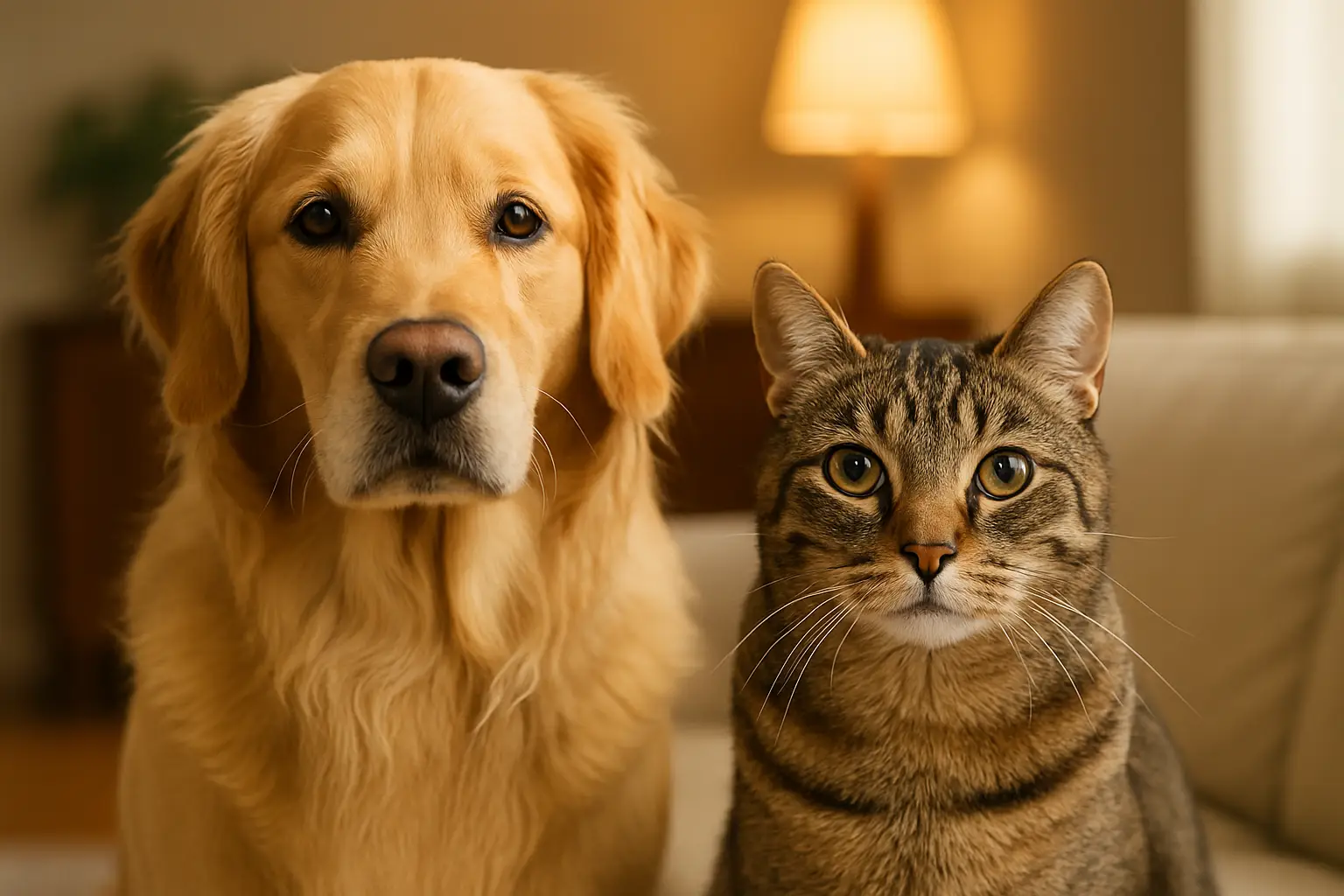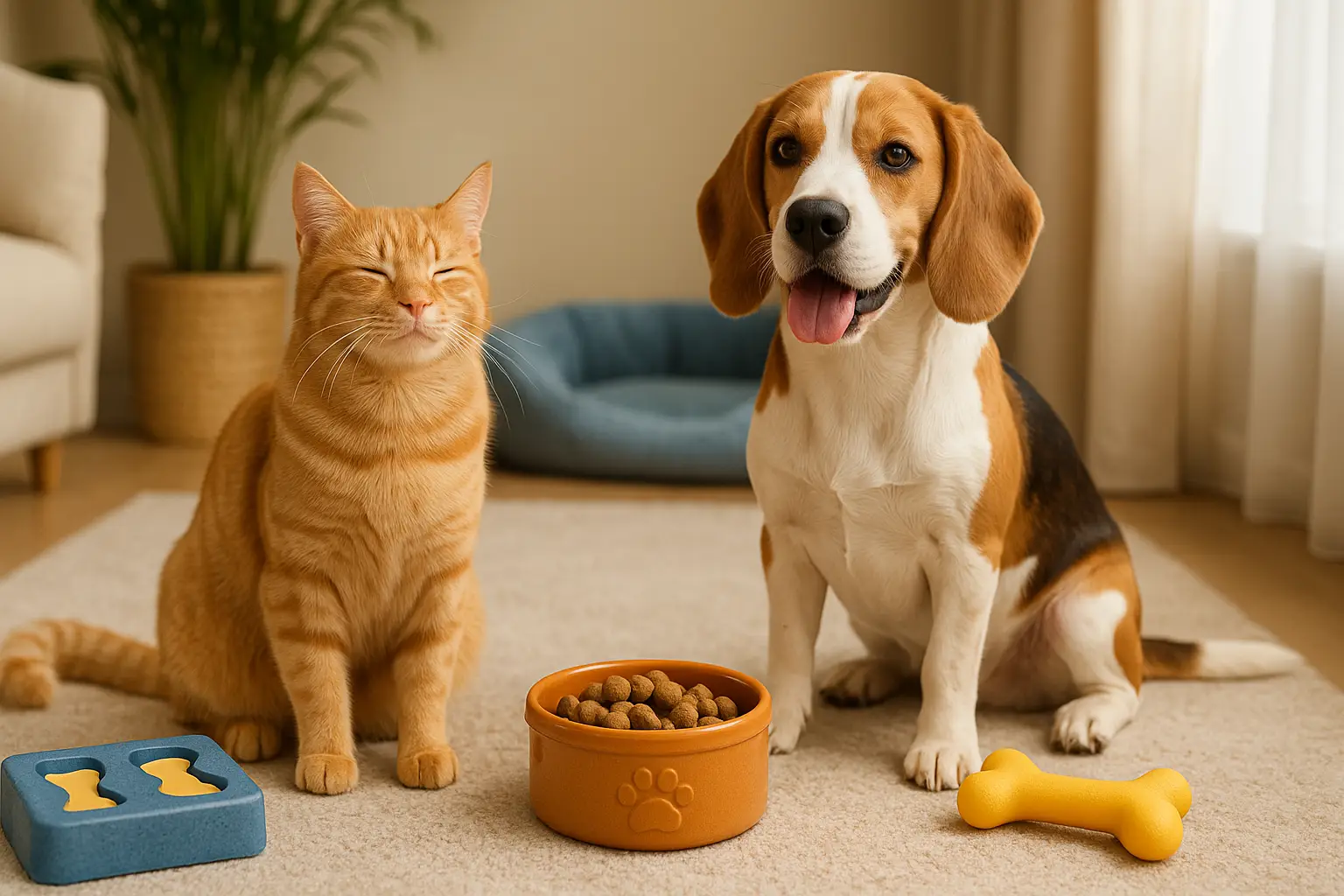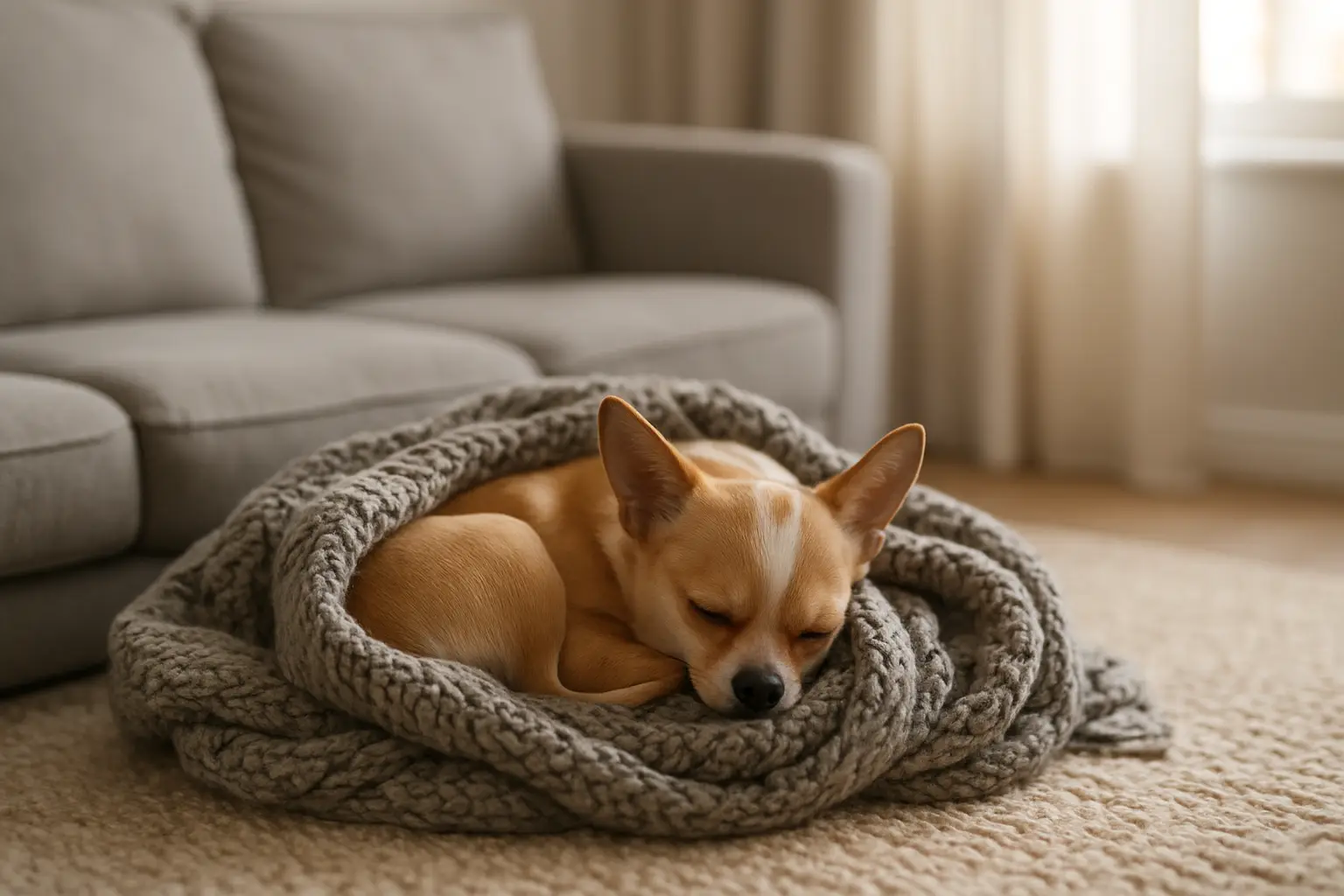How to Choose the Right Toys and Activities for Your Pet 🧸🐾

How to Choose the Right Toys and Activities for Your Pet 🐾
There’s a kind of magic that happens when a pet connects with the right toy. Their eyes light up, their body engages, and for a few joyful moments, the world disappears. But choosing that perfect toy — the one that’s safe, stimulating, and genuinely satisfying — isn’t always as simple as it sounds.
Too many pet owners walk through the aisles of pet stores or scroll through online shops buying random squeaky things or crinkly mice, only to find them untouched a day later. Some pets get bored quickly. Others destroy everything they get within five minutes. Some prefer cuddly toys, while others are obsessed with hunting or chewing.
And the truth is, toys are more than just entertainment. The right toys and activities meet both the physical and emotional needs of your pet. They help release energy, prevent destructive behaviors, and offer enrichment that enhances your pet’s quality of life.
So how do you choose toys that actually make a difference?
This guide isn’t about listing brands or ranking “top toys.” It’s about understanding your individual pet, recognizing what makes them tick, and learning how to build a rotation of activities and tools that truly fit their nature.
The Role of Toys in a Pet’s Life
We often think of toys as something pets “get” — like a treat. But really, toys are an essential component of their emotional and physical health. Think about your pet’s day from their point of view.
You’re at work or running errands. They’re home. Alone. With limited access to the outside world. What breaks the monotony? What keeps their minds active?
That’s where toys come in.
For dogs, toys can act as surrogates for prey or companions. For cats, they’re an outlet for instinct. For birds, rabbits, and even small rodents, toys serve as tools to stimulate curiosity and encourage movement.
Without stimulation, pets experience boredom, frustration, and in some cases, depression. Yes — pets can become emotionally distressed from lack of variety.
So instead of seeing toys as “nice to have,” start thinking of them as your pet’s job, hobby, and therapy — all in one.
Understanding Your Pet’s Unique Play Style
Not all pets play the same way. Even within the same species, personalities vary.
Some dogs are high-energy retrievers. Others are chewers. Some cats like to stalk, while others enjoy chasing lights or wrestling with plush toys.
The secret to choosing the right toy isn’t in the toy itself — it’s in understanding your pet’s preferences, energy level, age, and instincts.
Ask yourself:
- Is my pet easily bored, or do they stick with one toy for weeks?
- Do they like interaction, or prefer to play alone?
- Are they rough or gentle with toys?
- Do they seem more mentally stimulated or physically active?
Once you have a general understanding of how your pet interacts with objects and with you, the process of selecting toys becomes much easier — and far more successful.
Age, Energy, and Evolution
Your pet’s needs evolve over time. A toy that was perfect for your puppy last year may now be completely useless — or even dangerous. The same goes for senior pets who need gentler activities.
Puppies and kittens require teething toys, high-contrast colors, and soft but durable textures. They’re also developing their senses and coordination, so keep toys lightweight and stimulating without being overwhelming.
Adult pets often benefit from challenge. Think puzzle toys, treat-dispensing gadgets, or activity-driven games that make them think and move.
Seniors, on the other hand, need comfort. Their joints may not allow for intense physical play, so plush toys, slow-paced games, or toys that focus on scent rather than motion can be ideal.
And don’t forget: energy level isn’t always tied to age. Some senior dogs have zoomies. Some kittens are chill. Observe your pet’s pace before assuming what they need.
Picking the Right Toy Type
Let’s break down the different categories of toys and what types of pets they usually benefit.
Chew Toys 🦴
Chewers need a safe, durable outlet for their instincts. Whether it’s a dog going through teething or an adult who simply loves to gnaw, chew toys prevent destruction of furniture and reduce anxiety.
Look for:
- Natural rubber (like KONG)
- Nylon chews
- Rope toys (if supervised)
- Dental chews that promote gum health
Avoid:
- Anything that splinters
- Rawhide (can be a choking hazard)
- Plush toys if your pet rips and swallows stuffing
Puzzle & Treat-Dispensing Toys 🧠
Perfect for intelligent or easily bored pets, these toys provide mental stimulation and help burn energy.
These work especially well for:
- Dogs with separation anxiety
- Cats needing food motivation
- Pets left alone for several hours
They encourage patience, problem-solving, and independence.
Interactive Toys 🎮
These are designed for you to play with your pet — not for solo use.
Wand toys, flirt poles, tug ropes, and laser pointers all fall into this category. Interactive play strengthens the bond between you and your pet while giving them a dynamic challenge.
Comfort Toys 🧸
Don’t underestimate the emotional needs of pets. Some dogs and cats love having a favorite plush, blanket, or even a toy that smells like you.
Comfort toys are especially useful:
- During crate training
- When a pet is recovering from surgery
- For pets with anxiety or fear of storms
These toys shouldn’t be overly stimulating. Their purpose is soothing.
Rotation Is Key
One of the most common mistakes owners make is leaving all toys out all the time. This leads to overstimulation, boredom, and the dreaded “I don’t care about any of these anymore” behavior.
Imagine if every day, you had access to the same 10 TV shows, and that’s it. Forever. You’d stop watching too.
So here’s the trick: rotate toys weekly.
- Keep 3–4 toys accessible.
- Store the rest in a box or closet.
- Once a week, swap them.
- Reintroduce “forgotten” toys with a new scent or slight alteration.
Suddenly, that toy your dog ignored last month? It’s exciting again.
Beyond Toys: Activities That Stimulate and Satisfy 🐕🦺🐈
Toys are just one part of the enrichment equation. Activities provide the context and challenge that pets crave. They encourage engagement, problem-solving, and movement — and they work across species.
For Dogs:
- Scent Work: Hide treats around the house or yard. Let your dog “hunt” with their nose.
- Obstacle Courses: Use cushions, boxes, and tunnels to create a DIY agility path.
- Tug and Release: A game of tug can be more than just fun — it teaches impulse control.
- Trick Training: Teaching “spin,” “sit pretty,” or “high five” activates your dog’s brain.
- Snuffle Mats: Let your dog forage through a textured mat with treats hidden inside.
These games satisfy your dog’s primal urges in constructive ways. A dog that sniffs for 10 minutes burns more energy than a 30-minute walk — seriously.
For Cats:
- Vertical Exploration: Install shelves or trees so they can climb and survey.
- Clicker Training: Yes, cats can be trained with rewards! Start with “touch” or “sit.”
- Box Challenges: Stack boxes in different ways and hide toys or treats inside.
- Bird Watching: Place a bird feeder outside a window. Natural stimulation galore.
- Hunting Sequences: Use a wand toy and mimic the sequence: stalk → pounce → bite → eat.
Even short bursts of activity (10 minutes) can radically improve your cat’s behavior and mood.
For Small Pets (Birds, Rabbits, Rodents):
- Create foraging boxes with hay and pellets.
- Offer shreddable paper or safe wood for gnawing.
- Rearrange the layout of cages weekly.
- Provide tunnels and tubes for exploration.
- Give mirrors (only for some birds), bells, swings.
Variety and novelty are your allies. Think creatively — your pet will thank you.
Toy Safety: What to Watch Out For 🛑
Not all toys are made equal. Just because it’s sold in a pet store doesn’t mean it’s automatically safe.
🔍 Always inspect toys regularly for:
- Loose parts
- Ripped fabric
- Splintered wood or rubber
- Frayed rope
- Sticky or melting plastic (from sun or heat)
Dispose of any toy that’s damaged beyond use.
And always supervise:
- New toys
- DIY or homemade toys
- Toys with edible parts (to prevent choking)
Rule of thumb: If you wouldn’t let a toddler play with it, don’t give it to your pet unsupervised.
Choosing Toys for Multi-Pet Homes 🐕🐈🐹
When you have more than one pet, toy time can get complicated.
Some dogs guard their toys. Some cats swipe everything from the dog. Rabbits might chew what isn’t meant to be chewed. And let’s not forget: some pets don’t want to share — ever.
Tips for multi-pet toy management:
- Assign specific toys to each pet (visually distinct helps)
- Supervise shared play
- Have multiples of favorite toys
- Rotate toys per pet to prevent “toy envy”
- Never let resource-guarding escalate — separate if needed
Also, keep in mind species-specific zones. Dogs and cats may tolerate overlap, but smaller animals need physical separation for safety.
Matching Toys to Your Lifestyle
Your own schedule, space, and preferences matter. The best toy is one you’ll actually use with your pet.
- Busy workdays? → Invest in automated or solo-play toys.
- Work-from-home? → Schedule active breaks together.
- Apartment dweller? → Choose quiet, space-saving options.
- Big backyard? → Use outdoor games and digging toys.
- Kids in the house? → Select toys everyone can engage with safely.
Toys aren’t just for pets. They’re part of your shared daily rhythm.
Adapting as Your Pet Ages
As your pet enters seniorhood, their play style will shift. But that doesn’t mean they stop needing stimulation — far from it.
For senior pets:
- Prioritize softer textures and low-impact toys
- Choose toys that stimulate scent and sound, not just motion
- Incorporate puzzle feeders to maintain cognitive health
- Keep games shorter and more frequent instead of long sessions
- Be gentle — joints and teeth may be sensitive
Play is how they stay sharp, happy, and connected to you — even in old age.
Final Thoughts: Play Is a Language 🗣️❤️
Choosing the right toys and activities isn’t about spoiling your pet or filling up your living room with squeaky animals and plush mice. It’s about learning to speak their language.
Play is instinctual. It’s emotional. It’s relational.
When you offer your pet the right kind of toy — one that excites them, challenges them, or soothes them — you’re not just giving them something to chew or chase.
You’re saying:
I understand you.
I see who you are.
I care enough to meet your needs.
So take time to observe. Experiment with styles. Rotate often. Join in the play. Laugh when they surprise you. And celebrate the small wins — like when your cat finally catches the feather or your dog solves the puzzle for the first time.
Because toys are more than just toys.
They’re bridges — between species, emotions, and trust.
And when you get it right, everyone plays a little better.




Post Comment